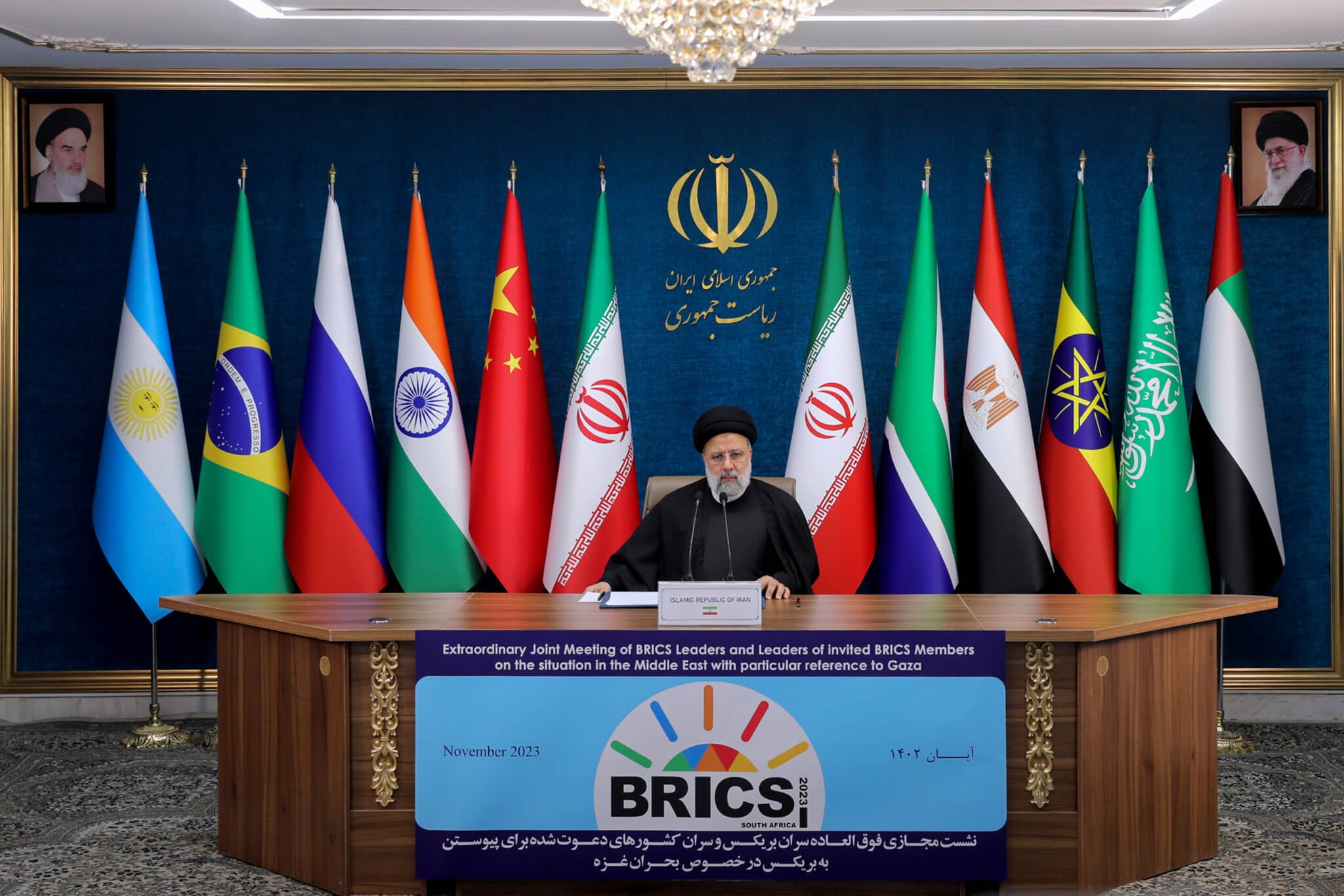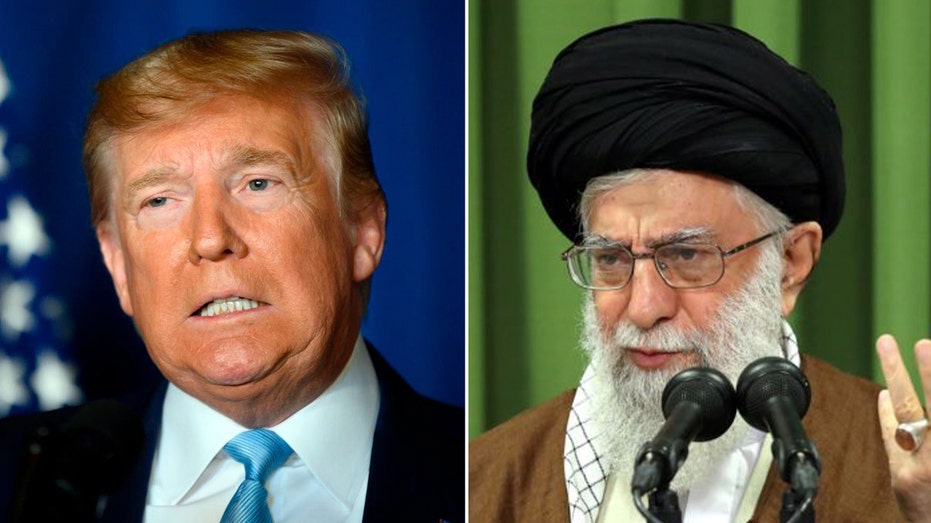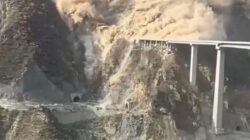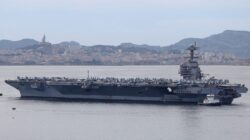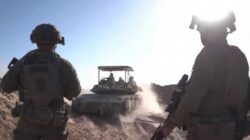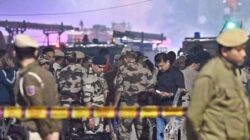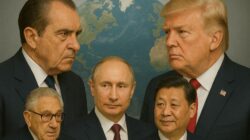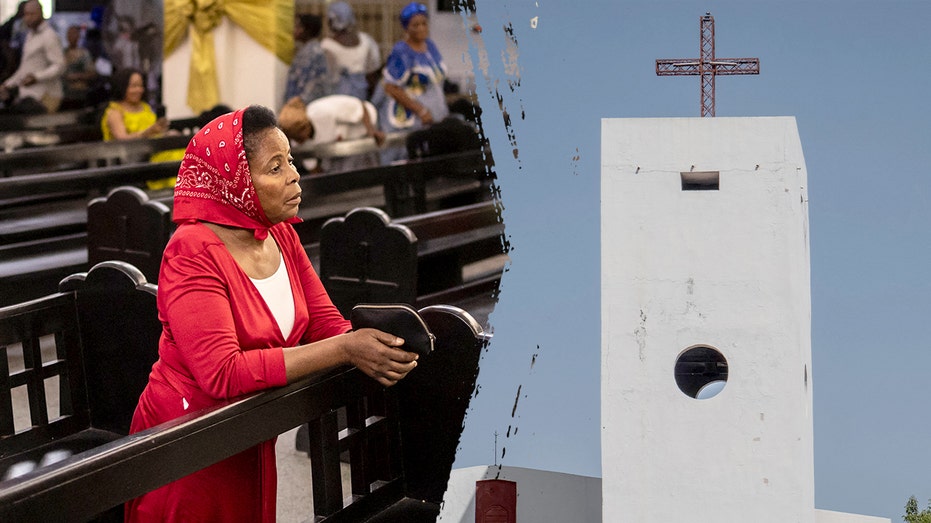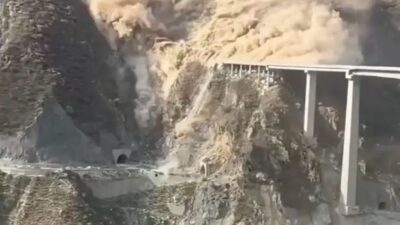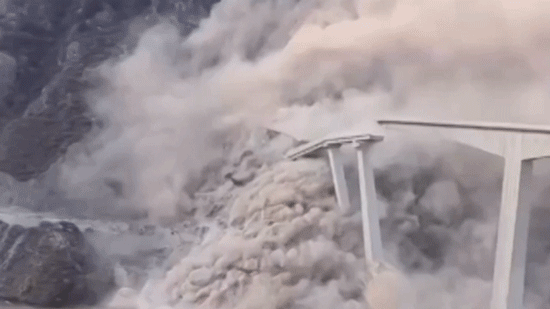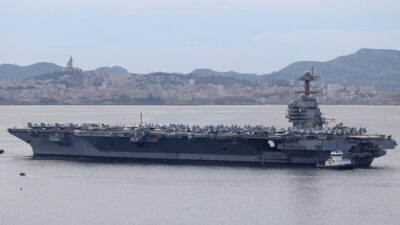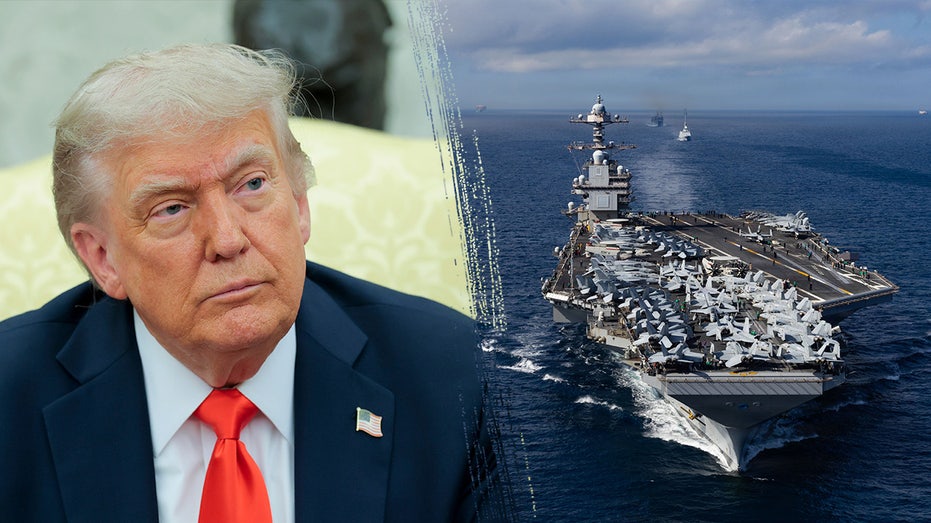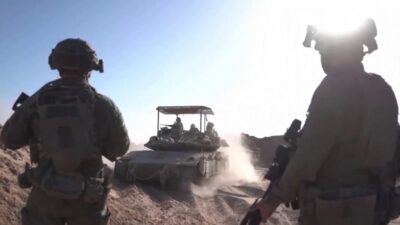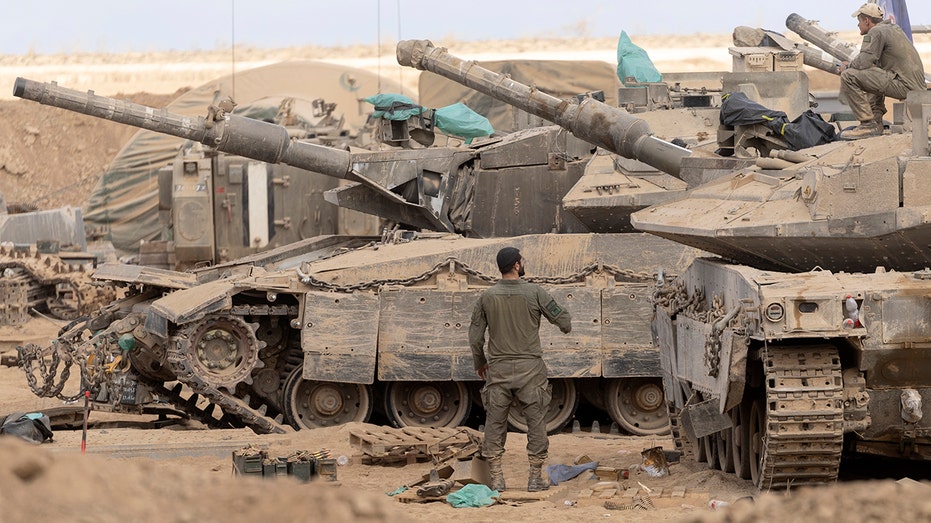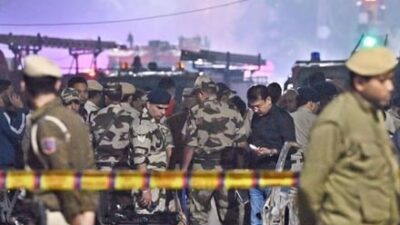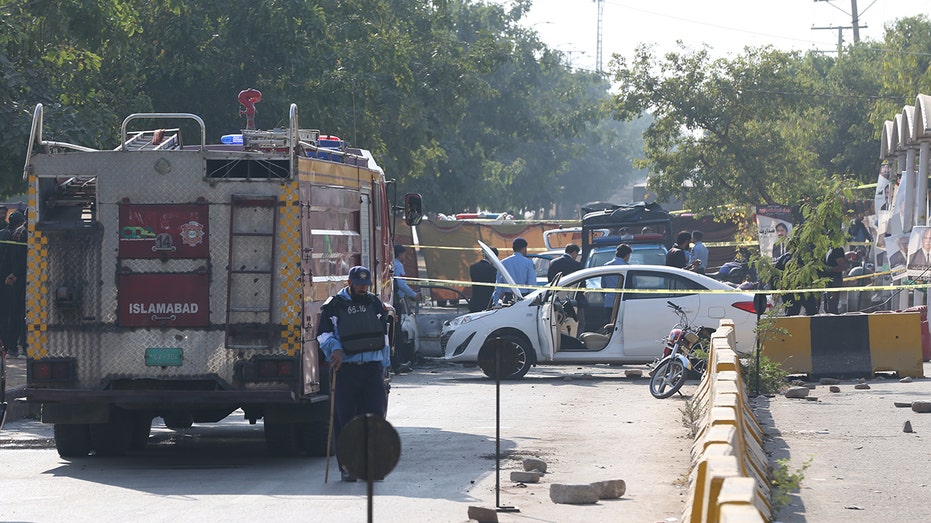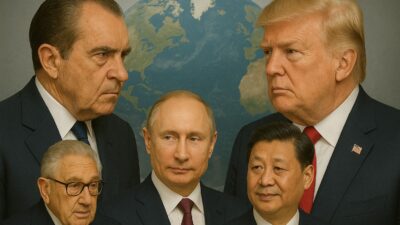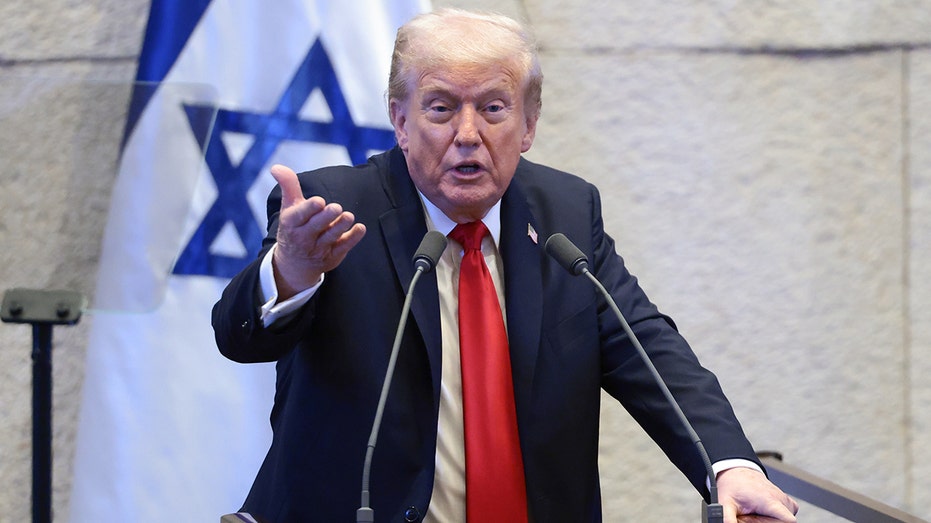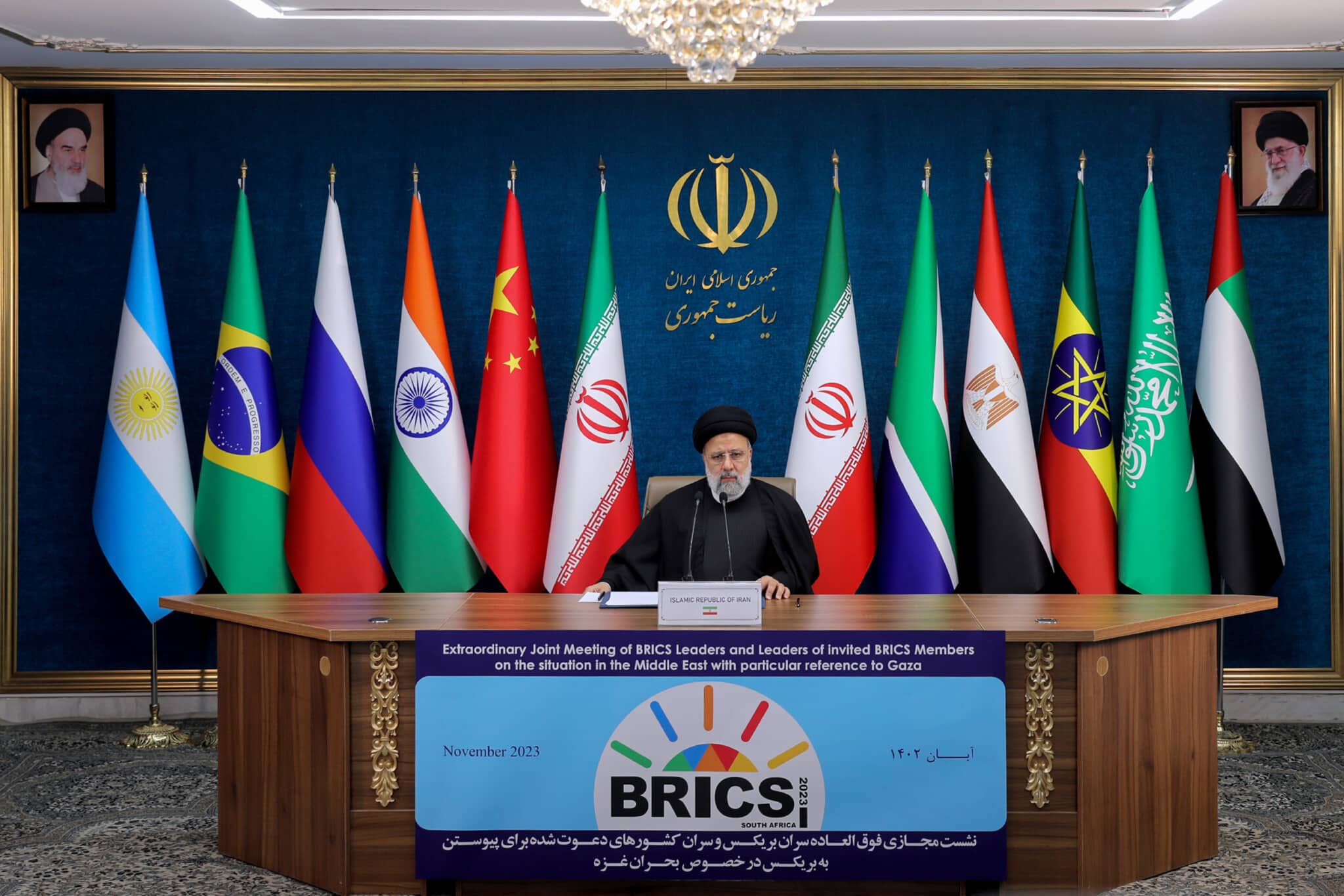
Trump’s Second Term Seen as Key to Reversing Iran’s Nuclear Advancements
A recent report from the Foundation for the Defense of Democracies (FDD) highlights that former President Donald Trump’s potential second term could significantly alter the trajectory of U.S. policy towards Iran, especially regarding the Islamic Republic’s progress toward acquiring nuclear weapons. The report, titled “Detecting and Halting an Iranian Weaponization Effort”, asserts that a shift in leadership is crucial to countering what it perceives as a growing nuclear threat from Tehran.
Prioritizing Maximum Pressure on Iran
According to Andrea Stricker, the report’s author, Trump’s administration’s reinstatement of maximum pressure on Iran is essential to prevent the nation from racing toward nuclear armament. In an interview with Fox News Digital, Stricker stated, “The president made the right decision in re-imposing maximum pressure. Now, he must ensure Iran cannot race toward nuclear weapons, given its short breakout timeline and technical expertise.”
The report underscores the critical implications of a nuclear-armed Iran, warning that such a scenario would not only destabilize regional security but also hinder the ability of the U.S., Israel, and their allies to effectively counter Iranian aggression — all while fearing potential nuclear escalation. Stricker urged Trump to take decisive action and deploy all available resources to halt Iran’s nuclear ambitions.
To further this goal, the FDD report advocates for the establishment of a credible military deterrent. This strategy includes an imperative for the U.S. to coordinate closely with Israel to target Iran’s nuclear facilities if necessary, reinforcing the need to demonstrate the capability to neutralize any identified Iranian weaponization sites.
Iran’s Nuclear Advancements Amid Regional Tensions
Recent intelligence assessments reveal that a covert team of Iranian scientists is actively engaged in an accelerated initiative to develop a nuclear weapon. This alarming revelation surfaces amidst heightened tensions due to Iran’s escalating conflict with Israel, particularly following the dramatic attacks on October 7.
The FDD report criticizes the Biden administration for allowing Iran’s nuclear program to progress largely unopposed. This unchecked expansion has apparently equipped Tehran with the requisite expertise for nuclear weapon production, raising urgent concerns within U.S. intelligence circles. While some of the components needed for a nuclear device may still require testing, analysts warn that Iran could potentially assemble and detonate a crude nuclear device within six months of initiating final assembly.
“With Iranian weaponization efforts advancing alongside the enrichment of near-weapons-grade uranium, the window for U.S. and allied intervention is closing rapidly,” the report cautioned, reflecting a sense of urgency that a proactive response must be taken.
Reinstating Maximum Pressure and Policy Shifts
In a bold move signaling a tougher stance on Iran, Trump signed a memorandum reinstating the “maximum pressure” strategy that characterized much of his first term in office. By imposing severe sanctions on Tehran, this policy aimed to curb Iran’s nuclear ambitions and constrain its capacity for regional mischief.
The executive order delivered a stark message: “It is in the national interest to exert maximum pressure on the Iranian regime to eliminate the nuclear threat, curb its ballistic missile program, and halt its support for terrorist organizations.”
Trump’s initial withdrawal from the Joint Comprehensive Plan of Action (JCPOA) — more commonly referred to as the Iran nuclear deal — took place in 2018. This pivot represented a deliberate abandonment of a multilateral agreement that had sought to limit Iran’s nuclear capabilities through economic incentives. In contrast, the Biden administration explored the possibility of re-engaging diplomatically on the nuclear issue. However, negotiations have faltered amid Tehran’s continuing support for militant groups and its domestic political dynamics.
Iran’s Motivations and U.S. Strategy
Stricker posits that the clerical regime in Iran may be increasingly inclined to pursue nuclear weapons to secure its grip on power, especially in the context of a more adversarial U.S. administration. Reports suggest that Iranian leaders might view a nuclear capability as a strategic deterrent against any potential military confrontations from Israel, thus reinforcing the regime’s longevity.
Beyond military deterrence strategies, the FDD report advocates for intensified intelligence collaboration between the U.S. and Israel. This cooperation aims to track and disrupt Iranian weaponization efforts, identifying key Iranian officials and nuclear scientists as potential intelligence assets. Such steps are seen as crucial to mitigating the risks posed by Iran’s advancing nuclear program.
Moreover, the report calls for the U.S. and its allies to exert pressure on the International Atomic Energy Agency (IAEA) to enhance inspections of Iran’s nuclear sites. This initiative would aim to uncover any undisclosed weaponization activities, thereby strengthening the international community’s oversight and response capabilities.
Highlighting the urgency of the situation, a November 2024 assessment from the Office of the Director of National Intelligence indicated that Iran has accumulated sufficient fissile material to potentially manufacture more than a dozen nuclear weapons. Such developments point to an increasingly precarious nuclear trajectory that demands immediate attention from U.S. policymakers.
Preparing for a Potential Second Term
As Trump gears up for a possible return to the White House, the implications of his administration’s foreign policy decisions loom large. The report underscores the necessity for a prompt and robust response to mitigate Iran’s growing nuclear threat. With an emphasis on restoring regional deterrence, a second term under Trump may see a renewed commitment to a hardline approach towards Tehran.
The discourse surrounding the U.S.-Iran relationship is poised for significant shifts in the near future. With Iran’s nuclear capabilities advancing and regional tensions heightening, the choices made by the next U.S. administration will critically shape the security landscape of the Middle East and beyond.

